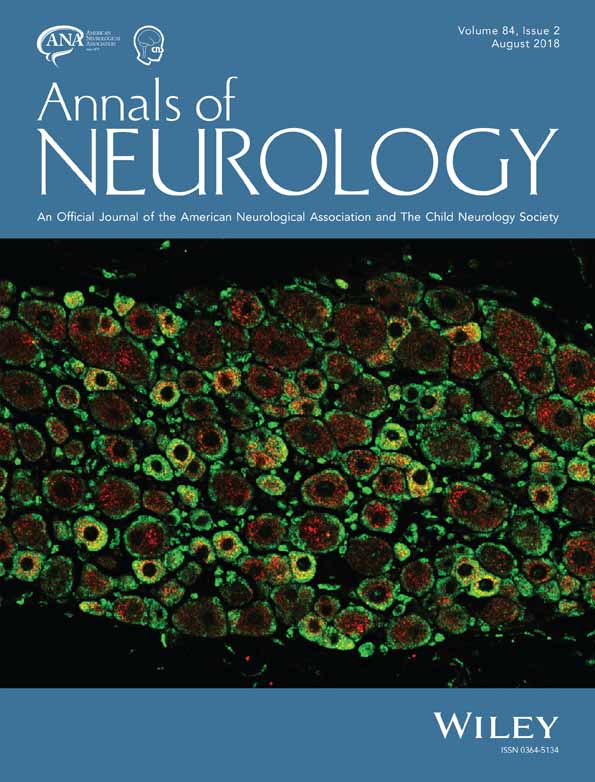The Charcot–Marie–Tooth Health Index: Evaluation of a Patient-Reported Outcome
Abstract
Objective
The development of a disease-specific patient-reported outcome for Charcot–Marie–Tooth disease is an important step in the preparation for therapeutic trials. This study describes the development of the Charcot–Marie–Tooth Health Index (CMTHI).
Methods
Inherited Neuropathy Consortium Contact Registry participants were queried on the symptoms that most impacted their lives. The CMTHI was developed based on these responses. Factor analysis, assessment of test–retest reliability, known group validity, and patient interviews were utilized to refine the instrument.
Results
The final CMTHI contains 18 themes that capture Charcot–Marie–Tooth disease (CMT) burden. The CMTHI has a high internal consistency and test–retest reliability. The CMTHI was able to discriminate between patient groups expected to have different disease burden. The CMTHI was able to discriminate levels of disability as measured by the CMT examination score and the mobility-Disability Severity Index.
Interpretation
The CMTHI represents a valid and reliable outcome to assess patient-reported disease burden in CMT. Ann Neurol 2018;84:225–233
Potential Conflicts of Interest
The CMTHI is a copyrighted instrument of the University of Rochester. N.E.J., C.H., and D.N.H. are coinventors of the CMTHI and receive royalties from the University of Rochester.




